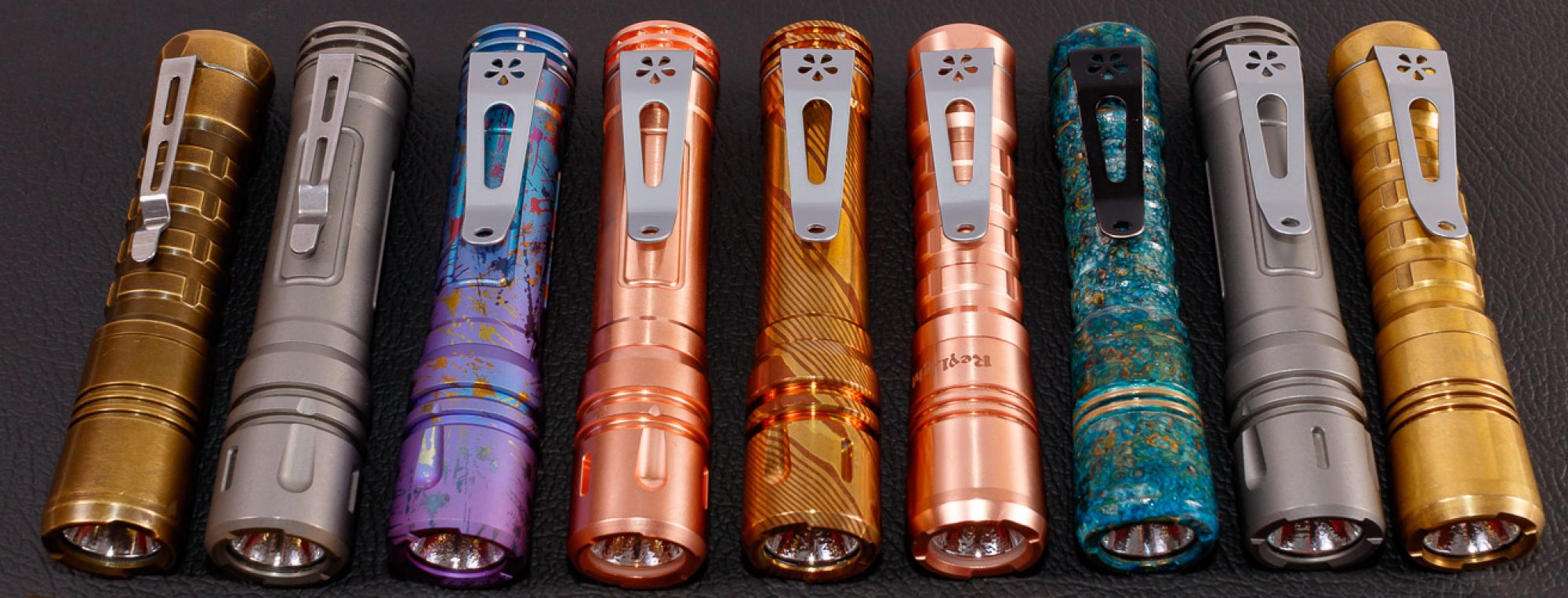Xtar has updated version of the MC4 charger out with the new MC4s. It’s a basic 4 bay charger, utilizing USB-C for input power for charging various lithium ion and nickel metal hydride batteries. Thanks to Xtar for sending this out to take a look at.
See this review on YouTube:
Join the Facebook Page: https://www.facebook.com/LiquidretroReviews/
Follow me on Instagram: https://www.instagram.com/liquidretro/
Physically
The package it comes in is small retail style box with specs and battery sizes it supports listed on it. In the box is the charger itself, a simple manual, and a USB-A (Blue to USB-C cable.
The MC4S is a simple black flame retardant black plastic charger. It features 4 bays with spring loaded clips and a pad for the positive contact. This allows it to expand to fit most battery sizes. 10440-21700 (Non protected). For Ni-Mh and Ni-CD batteries it can do AAAA through C sized batteries. The outside 2 bays are designed for the larger diameter batteries like 26650’s and C sized cells.
The MC4s features 4 LED’s on the front, one for each bay that tells you what’s going on. When you plug the charger in at first get a self check and each bay will show green for standby. They go when charging, and then turn green when charged.
The back features a small vent for heat control, a large sticker showing input/Output power, as well as what all cells it supports.
I measured the charger at 100mm x 97mm by 26mm. Empty weight is 95.2g.
Charging
This is a simple charger, and there isn’t anything to do or options to set. The LED status on each bay tells you what you need to know if the battery is charging (red) or if it’s charged (Green). I tested 4 LG HG2 batteries that started at 2.95V and put them into all 4 bays, and started charging. Terminal voltage was 4.125V and it did this is in 6.8 hours with the maximum charge rate combined at 1.8A or roughly 0.45A per bay. For smaller batteries like 10440 which this charger officially supports this may be a bit high of charge rate but for larger cells it’s just fine. It’s worth noting that slots 1 & 4 have faster charging rates of 1A each, if used by themselves, while inner 2 & 3 have slower rates at 0.5A if used by themselves.
I also tested some AA eneloop batteries across all 4 bays, starting at 1.12V and charging to completion at 1.46V. Charge rate here started off slow but gained in speed. This wan’t a constant current charge and seemed a little spiky on my equipment but ok overall.
Lastly this charge will charge via USB-C to C cable and charger. I used my Aukey BA-B4 I recently reviewed and had no complaints. I have seen some people suggest this doesn’t have real PD triggering but it doesn’t really need it with these power level draws.
Pro’s
- Inexpensive with current prices being around $12
- Basic, safe, get’s the job done.
- USB-C to C support
Con’s
- A bit agressive for the smaller sized cells it technically supports such as 10440, AAAA, etc.
- Not going to win any speed races for your larger cells.
Conclusion
What you see is what you get here, this is a dead simple battery charger that does what it says in a simple yet effective manner. If your new to the flashlight hobby and want a simple charger to get you going that will support the most common sizes of batteries you will see in most lights, for a low price, the MC4s does the job.
This isn’t going to be the most appropriate charge for everyone but it’s a good place to get started for many. It’s nice to see USB-C here as the primary power input but in this case it’s all about the cable and connector of convenience if your life revolves around USB-C. It’s not taking advantage of the larger amount of power that could be delivered to speed charging times.
Overall the MC4s is a good basic, safe, and affordable charger. I can recommend it for your basic charging needs.
Full Image Gallery https://imgur.com/a/toH1zXv
Pickup the Xtar MC4S 4 bay charger on Amazon at https://amzn.to/2RfdpFY


































